CXCL13+ T peripheral helper (Tph) cells are thought to be one of the primary pathogenic drivers in multiple autoimmune diseases, including systemic lupus erythematosus (SLE). The origin of CXCL13 production and differentiation of Tph cells has been largely undefined. New data suggest the interplay between aryl hydrocarbon receptor (AHR) and type 1 interferon (IFN) regulate the differentiation of CXCL13-positive Tph cells. This novel pathway may lead to new therapeutic biomarkers and therapeutic targets.

“In healthy individuals, T cells that produce CXCL13 are normally found in the lymph nodes where they activate B cells,” said Calvin Law, PhD Candidate in the Northwestern University Feinberg School of Medicine Robert H. Lurie Cancer Center. “In autoimmune disease, CXCL13-positive T cells can be found in the periphery, where they appear to recruit and activate B cells, driving inflammation.”
Mr. Law will discuss findings from CRISPR screens, epigenetic studies, and validation work with SLE patient tissue samples during Plenary II on Monday, Nov. 13, from 11 a.m.–12:30 p.m. PT in Exhibit Hall A–B of the San Diego Convention Center. The session will be livestreamed and will be available on demand within 24 hours for registered ACR Convergence 2023 participants.
Mouse models of SLE or other autoimmune diseases could not be used because mouse T cells do not produce CXCL13, Mr. Law explained. Working with SLE patient tissue samples and primary T cells from healthy donors, researchers confirmed that the genetic or pharmacologic inhibition of AHR activation strongly induces CXCL13 production by Tph cells while AHR activation inhibits CXCL13 production. At the same time, IFN, a pathogenic driver of SLE, promotes CXCL13 production at least in part by inhibiting AHR activation. An AHR agonist, tapinarof, has been approved by the U.S. Food and Drug Administration (FDA) for psoriasis.
SGLT2 inhibitors may reduce cardiac, renal risk in lupus
A retrospective study suggested that sodium-glucose cotransporter-2 (SGLT2) inhibitors may reduce the risk of cardiac and renal disease in patients with SLE and lupus nephritis (LN) as they do in type 2 diabetes, heart failure, and other conditions.
Working with a cohort of 96,511 SLE patients with electronic health records, researchers identified 426 individuals who were prescribed an SGLT2 inhibitor and 865 who were prescribed a dipeptidyl peptidase 4 (DPP4) inhibitor between 2013 and 2021. SGLT2 inhibitor use was associated with a lower risk of adverse cardiovascular outcomes and renal progression versus DPP4 use.
A subset of patients with LN showed similar reduced risk for cardiovascular events and numerically lower risk of renal progression.
April Jorge, MD, Rheumatologist at Massachusetts General Hospital and Instructor in Medicine at Harvard Medical School, will present the study.
Gut microbiome transplantation protects mice from OA
Recent research has demonstrated that gut microbiome transplants from Murphy Roth large (MRL) mice that are protected from post-traumatic osteoarthritis (OA) into B6 mice that are susceptible to OA protected the B6 mice from OA while reducing OARSI score, synovitis, and osteophytes. Protection from OA was associated with five microbiome clades: Lactobacillus, Akkermansia, Oscillospira, Anaerostipes, and Christensenellaceae.
Details will be presented by Matlock Jeffries, MD, FACP, FACR, Associate Professor of Arthritis & Clinical Immunology Research and Clinical Assistant Professor of Medicine at the University of Oklahoma Health Sciences Center.
TNF inhibitors versus non-TNF inhibitor biologics or JAK inhibitors show no differences in respiratory outcomes in RA-ILD
A direct comparison of tumor necrosis factor (TNF) inhibitors and non-TNF inhibitor biologics/Janus kinase (JAK) inhibitors in patients with rheumatoid arthritis (RA) and interstitial lung disease (ILD) showed no difference in respiratory outcomes between the two groups of agents.
Analysis of national Veterans Health Administration patients with RA-ILD identified 237 patients who initiated TNF inhibitors between 2006 and 2018 who were propensity-score matched with 237 similar patients who initiated non-TNF inhibitor biologics or JAK inhibitors over the same period. The primary outcome was a composite of time to respiratory-related hospitalization or death.

“There have been concerns that people with RA-ILD who are treated with TNF inhibitors may have more exacerbation of their ILD or worse outcomes,” said Bryant England, MD, PhD, RhMSUS, Associate Professor of Medicine in the Division of Rheumatology and Immunology at the University of Nebraska Medical Center. “But we don’t have any clinical trial data comparing these two immunosuppressive therapies in RA-ILD and very little observational data.”
Researchers found no significant differences in respiratory hospitalization, all-cause mortality, or respiratory-related mortality between the two approaches.
“Our evidence does not support avoiding TNF inhibitors in people who have RA-ILD,” Dr. England said. “This analysis contradicts what many clinicians believe and reinforces the need to obtain clinical trial data on different immunosuppressive therapies and RA-ILD.”
Splitting oral dose of methotrexate beats single dose in RA
What may be the first direct comparison of weekly, single-dose methotrexate (MTX) versus split-dosing found that splitting the weekly dose improved clinical outcomes in RA. Because MTX has limited bioavailability at oral doses above 15 mg, splitting larger doses can increase serum levels compared to single doses, but the clinical impact of split-dosing has not been widely investigated.
A six-center, open-label study randomized 253 patients to split-dosing, morning and evening, versus the usual single dose of MTX once weekly. After 16 weeks of treatment, patients in the split-dose group showed significantly lower disease activity scores and improved ACR response criteria scores compared to the single-dose group. Fewer patients in the split-dose group initiated additional disease-modifying antirheumatic drug (DMARD) treatment at 16 weeks. Details will be discussed by Varun Dhir, MD, MBBS, DM, Professor of Rheumatology, Postgraduate Institute of Medical Education and Research, India.
Prophylaxis may reduce infections during GPA treatment
A large population-based study of patients with granulomatosis with polyangiitis (GPA) treated with rituximab found that patients who take trimethoprim sulfamethoxazole (TMP-SMX) prophylaxis have half as many serious infections as those not taking prophylaxis. TMP-SMX prophylaxis was also associated with reduced outpatient visits for infection over a follow-up period of almost 500 days.

“Across observational studies, about a quarter of patients experience a serious infection, which we generally define as infection requiring admission to hospital,” said Arielle Mendel, MD, FRCPC, MSc, Assistant Professor of Rheumatology, McGill University Health Center, Montreal, Canada. “We used administrative data to identify those who did or did not receive TMP-SMX within 30 days of rituximab treatment for GPA between 2011 and 2020 and followed them for the development of serious infections or outpatient infection.
“This is an association, not causation,” Dr. Mendel continued, “and we observed more adverse events that could potentially be attributed to this antibiotic. Other questions remain, such as whether to recommend long-term prophylaxis in patients with AAV who continue rituximab maintenance for years, or in other severe rheumatic diseases treated with rituximab. Potentially these questions could be answered with a pragmatic trial.”
GPA is one of the most common forms of ANCA-associated vasculitis (AAV) in North America, and serious forms are often treated with rituximab. One of the most important contributors to mortality are treatment-associated infections. While TMP-SMX prophylaxis is already recommended during GPA treatment for prevention of pneumocystis jirovecii pneumonia, this type of infection is rare.

Registered ACR Convergence 2024 Participants:
Watch the Replay
Select ACR Convergence 2024 scientific sessions are available to registered participants for on-demand viewing through October 10, 2025. Log in to the meeting website to continue your ACR Convergence experience.
